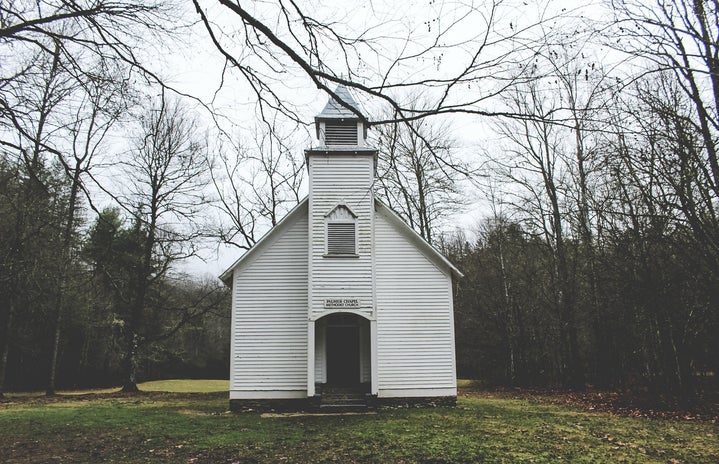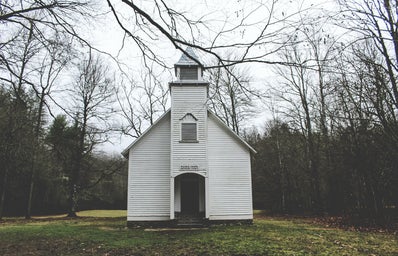I wrote this essay as a midterm reflection for a course I’m taking called, Death: Religion, Philosophy and Law. Happy Reading!
From childhood, Heaven and Hell have been the dual forces guiding my personal views on mortality. Growing up in the Catholic Church, priests discuss sinners descending into a fiery underground in the same breath that they promised ascension into the clouds. These teachings had more to say about an imagined and religiously-informed life after death than about all the time before. In my higher education, readings by Sarte and Heidegger reframed what it meant to exist as people, hurtling towards death. With both ideals now ingrained, I stand at a crossroads as I contemplate living, dying, and existing after-the-fact.
Existentialist thinkers like Kierkegaard and religious texts like the Quran use binary opposition to consider death. However, each camp employs this tactic to convey incongruous meanings on the afterlife. Incompatible guidelines – on whether I should “live” now or later – lead me to uncertainty and necessary self-reflection. Lately, my thoughts have evolved to a central dichotomy: how does a rational person of faith, like myself, balance existentialist beliefs about living on earth with religious conceptions of a potentially glorious afterlife? Does recognizing the merits of one negate the other?
The definition of the afterlife in the Quran leaves little room for imagination. William Chittick’s analysis in “‘Your Sight Today Is Piercing’: The Muslim Understanding of Death and Afterlife,” outlines three major phases of life post-death: the interworld, the day of resurrection, and the transition into light or darkness for the rest of eternity. In each stage, individuals strengthen their connection with God, moving closer to “life” than they were in the living world. As the Muslim prophet explains, “people are asleep, and when they die, they wake up” (21). This assumption flips the traditional association of death with sleep, urging us to look favorably upon our demise to find something more luminous outside of earth. Here, I find the binary pessimistic, despite the grandiose nature of the interworld and beyond. This ironic claim begs the question: what is man’s purpose before death? Living with eager anticipation of dying seems to preclude true fulfillment of one’s existence in the now.
In “At a Graveside,” Kierkegaard makes a contrarian case for death’s finality. He explains, “Death in earnest gives life force as nothing else does; it makes one alert as nothing else does” (83). In this way, man is awakened by his impermanence. As humans, we fear death unambiguously. Understanding this anxious contemplation, Kierkegaard implores us to seek comfort in death’s opposite: life. Rather than finding solace in an afterlife, he urges us to “recollect God” while on earth (71). In contrast to the prophecies of Islam, this sentiment conveys optimism. Death instills apprehension because we wish to have life forever. Acknowledging that stillness, rest, or even nothingness waits on the other side makes our present reality more invigorating. Kierkegaard asserts that death’s certainty rouses us to authentic and deliberate action since no second chances await across the threshold.
I hope that a beautiful world awaits me after I die, whether it be the Islamic “Garden” or Christian heaven. Simultaneously, though, I plan to live as if my time on earth is scarce, and I cannot find “recollection” once it ends (71). The more I reflect on both faith and reason, I begin to view the religious argument for the afterlife as a case against living in the present. From my perspective, we can hold Kierkegaard’s message on finality together with the Muslim view on life after death. While I still hope (albeit dubiously) for an eventual resurrection, I employ Kierkegaard’s force of life to assuage my fears about death and its possible antecedents.


